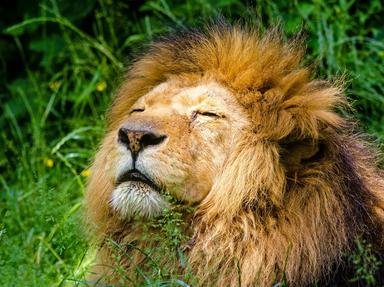Quiz Answer Key and Fun Facts
1. What is the typical habitat of the web-footed tenrec?
2. What is the preferred food of the dugong?
3. Which Madagascan animal typically has very long fingers and a long tail?
4. To what order does the eastern voalavo (a small animal possessing a long tail) belong?
5. Which part of Madagascar is inhabited by the western sucker-footed bat?
6. What is the favourite food of a western falanouc?
7. The white-breasted mesite, a nearly flightless bird, can be recognized by its white to tan breast. But what colour is the back?
8. To what family of birds, which you might associate with Switzerland, does the blue coua belong?
9. The Sakalava rail is a bird from the order of the cranes. What is the very distinctive colour of the legs of the males of this bird (the females have pink)?
10. The Madagascar plover is also called the black-banded plover. Where does it show a black streak on the otherwise white and light-brown plumage?
Source: Author
JanIQ
This quiz was reviewed by FunTrivia editor
rossian before going online.
Any errors found in FunTrivia content are routinely corrected through our feedback system.
